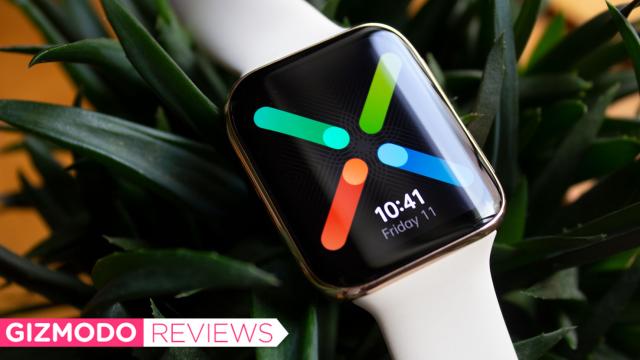The moment I laid my eyes on a leaked render of the Oppo Watch, I muttered, “Oh god. Not another Apple Watch clone.”
Nine months later, I have the Oppo Watch in my hands and I’m still not sold on the design. Not because it looks ugly or anything like that. On my wrist, it simply looks like a bigger Apple Watch, with slightly more curved glass at the edges of the display and two buttons on the right side instead of a digital crown. If you’ve seen an Apple Watch, you know what the Oppo Watch looks like. That is boring as hell, especially in a year where Samsung really went above and beyond with the design of the round-faced Galaxy Watch 3.
Editor’s note: The Oppo Watch’s release date and pricing hasn’t yet been announced for Australia.
That said, I weirdly hope more Wear OS smartwatches learn a thing or two from this blatant “Apple Watch for Android users.”
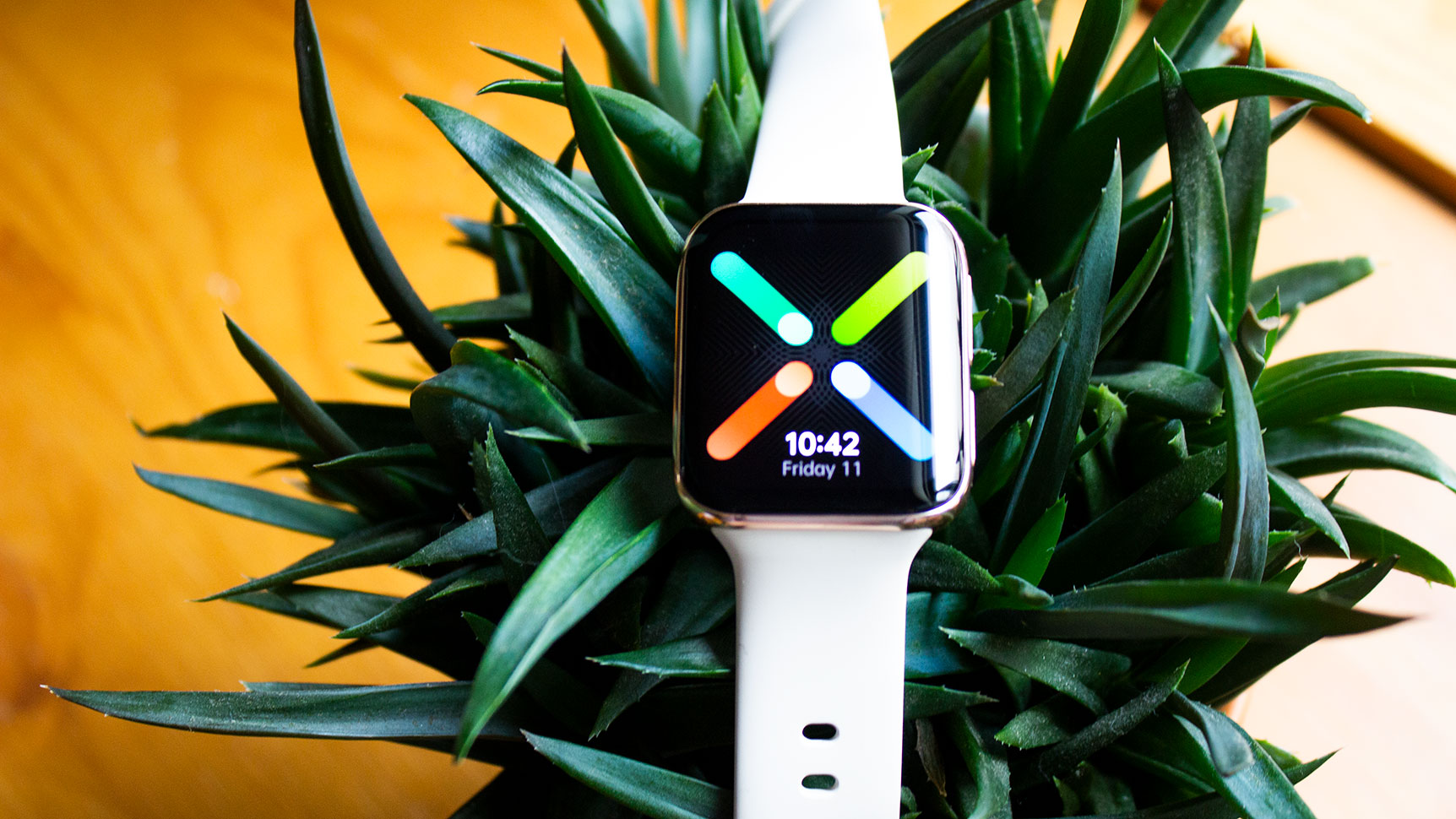
Oppo Watch
What is It?
Oppo's first wearable and an Apple Watch clone for Android
Price
Roughly $US300 ($412) for 41mm; $US420 ($577) for 46mm
Like
Screen is easy to read; the ColorOS-Wear OS fusion is actually great; Oppo supplants Wear OS's weakness with its own solutions
No Like
Not directly available in the U.S.; middling fitness tracking accuracy; you have to use multiple apps because of the forked version of Wear OS
What makes the Oppo Watch a pretty good Wear OS smartwatch isn’t so much the physical hardware. On that front, the Oppo Watch is a fairly basic modern wearable. There are two size options: a 41mm and a larger 46mm. (Gizmodo’s review unit is the 46mm version.) Both feature a nice aluminium alloy case, fluororubber (it’s basically silicone) straps, continuous heart rating monitoring, and built-in GPS. The 46mm version is a bit more luxe with a 1.91-inch AMOLED screen and a resolution of 326 ppi, compared to the 41mm’s 1.6-inch screen with 301 ppi. The 46mm also has a bigger battery, and slightly stronger water resistance (5ATM vs 3ATM). Inside, the Oppo Watch is powered by the Qualcomm Snapdragon Wear 3100 chip — but interestingly, the co-processor is an Apollo3 chip. It’s also got 1GB of RAM and 8GB of storage. Again, aside from the non-Snapdragon co-processor, this is pretty standard in terms of specs. Nothing super special to see here.
What makes the Oppo Watch compelling is that it cherrypicks what’s good from Wear OS and then chucks the rest right out the window. So you get the Google Assistant screen, you get access to the Google Play Store, you get NFC payments via Google Pay, and you get Google Maps. But the Oppo Watch isn’t running your standard version of Wear OS. It’s running a fork that takes some inspiration from Oppo’s proprietary ColorOS and my god, I could cry at how this simple change elevates the Wear OS experience.
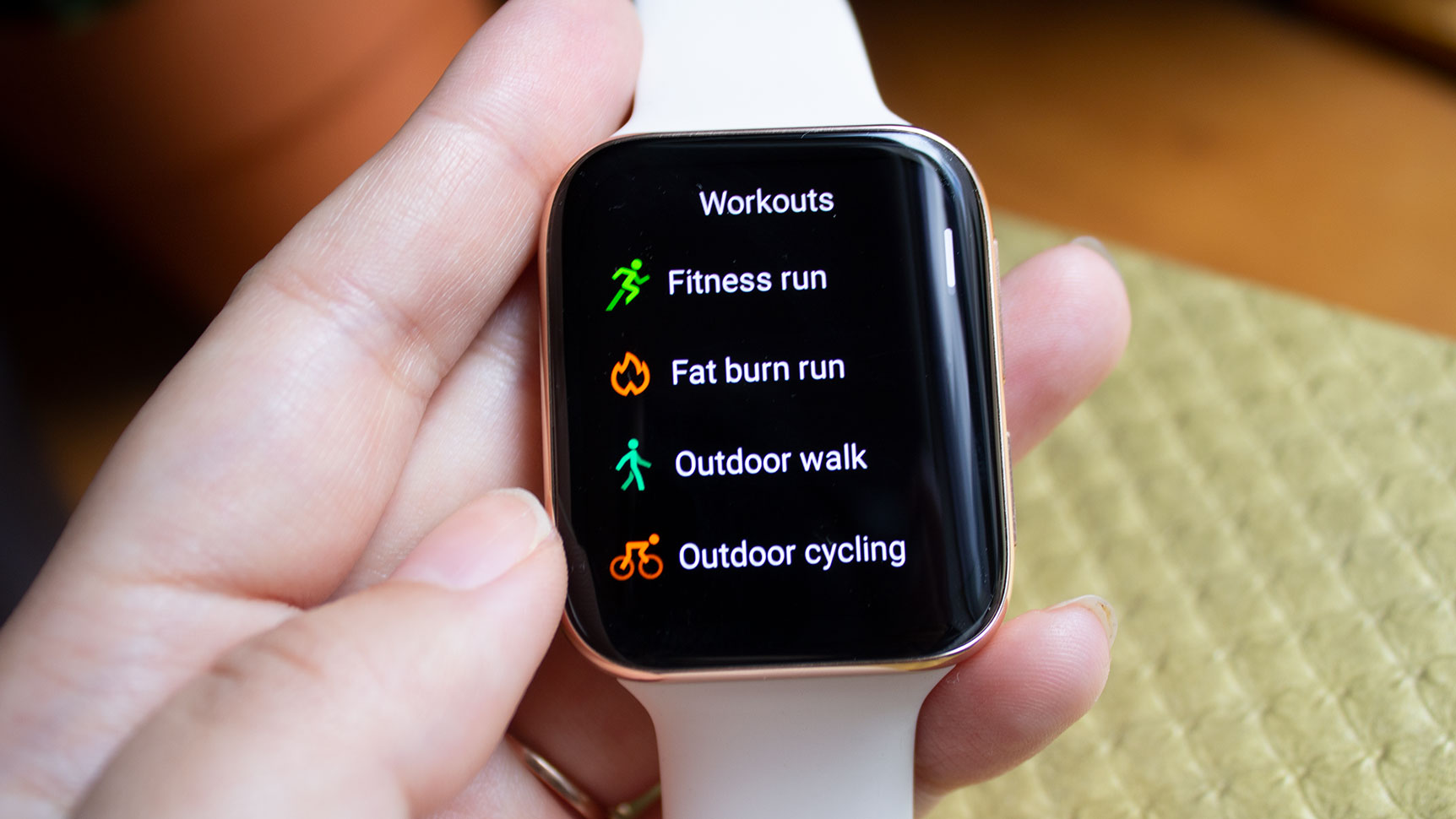
Some of the changes are aesthetic. For instance, instead of the typical Wear OS scroll menu for your apps, there’s a more colourful grid format. Also when you swipe down, you get more shortcuts for accessing things like aeroplane and theatre mode. That doesn’t sound like a lot, but trust me when I say it’s one of those things that make your life easier. Also, Oppo has put its own nice health apps front and centre whereas many Wear OS watches just go along with the not-so-great Google Fit.
A few of the on-wrist widgets remind me a bit of what you’d find on a Samsung smartwatch. Others remind me a bit more of Apple’s. For instance, the breathe app is pretty much the same as Apple’s. However, the 5-minute workouts you get prompted with when you’re idle are similar to Samsung’s. Another feature cribbed from Samsung is the ability to create a watch face that’s based on your outfit. As for the daily activity app, I find it’s a better version of Wear OS’s activity rings, which already felt cribbed from Apple’s activity rings. Long story short, Oppo’s widgets aren’t doing anything original here but it’s one of the few Wear OS watches to incorporate these elements in a meaningful way. Of course, if you want to use native Google apps, those are still there too.
I wish more Wear OS watches would take this approach. In general, I’ve found the best Wear OS smartwatches are the ones that have proprietary solutions for the platform’s inherent weaknesses. It’s why the Suunto 7 is the best Wear OS watch for fitness — you get Suunto’s superior fitness tracking app, on top of better GPS maps for outdoor sports. It’s why the Casio Pro Trek WSD-F21HRRD, which eschews the Snapdragon Wear chips for in-house silicon, is snappy and has better battery life despite being GPS-heavy. On the Oppo Watch, fusing ColorOS and Wear OS gets you a better on-wrist experience than relying on Wear OS alone.
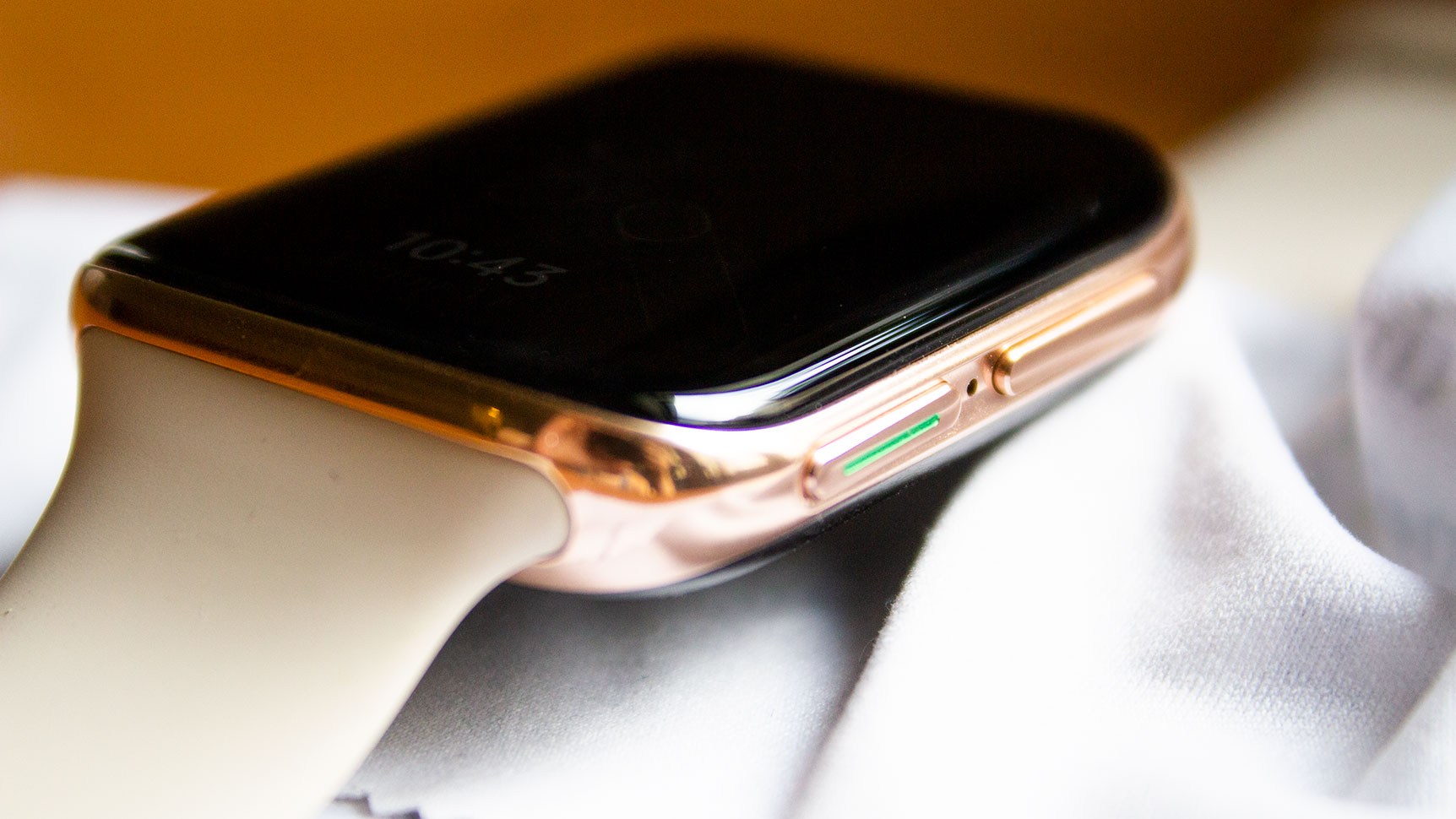
It’s not perfect. The problem with these proprietary solutions is it means you’ve got to use multiple apps on your phone to run a single device. (To be fair, this is true for the Apple Watch and Samsung’s watches, too.) For the Oppo Watch, that means downloading at the very least, HeyTap Health — something you can’t even do if you’re on an iPhone. (Although if you’re on an iPhone, a Wear OS watch is not your best alternative to an Apple Watch anyways.) Personally, I’m ok with this sort of tradeoff but can totally understand why it might be a dealbreaker for others.
Here’s just the main reason why I’m willing to put up with juggling multiple apps: Fitness and health tracking. I will fully admit that this isn’t a huge priority for everyone. However, it’s a major consideration for a lot of people looking into smartwatches. Google Fit is fine for casual users, but you’re out of luck if you want anything beyond barebones basics. It definitely lags behind competing options like Fitbit, Samsung Health, and Apple Health when it comes to things like sleep tracking, advanced running metrics, water and food logging, and period tracking. And while Google Fit’s move and heart points were designed with the World Health Organisation, they’re not as intuitive as say, the Zone Minutes Fitbit introduced with the Charge 4.
Google Fit gets the job done but Oppo’s apps do it slightly better. I can choose between a fitness run and a fat-burning run. In the latter, if my heart rate gets too high, I’ll get a notification to slow down. That was immensely helpful when I was trying to pace myself during a long run as I have a tendency to go too fast out of the gate. The metrics were also very easy to read, compared to the screen I usually get with Google Fit. The aforementioned 5-minute workouts come with on-wrist guides, as well as timed countdowns for how long you’re supposed to hold each move.
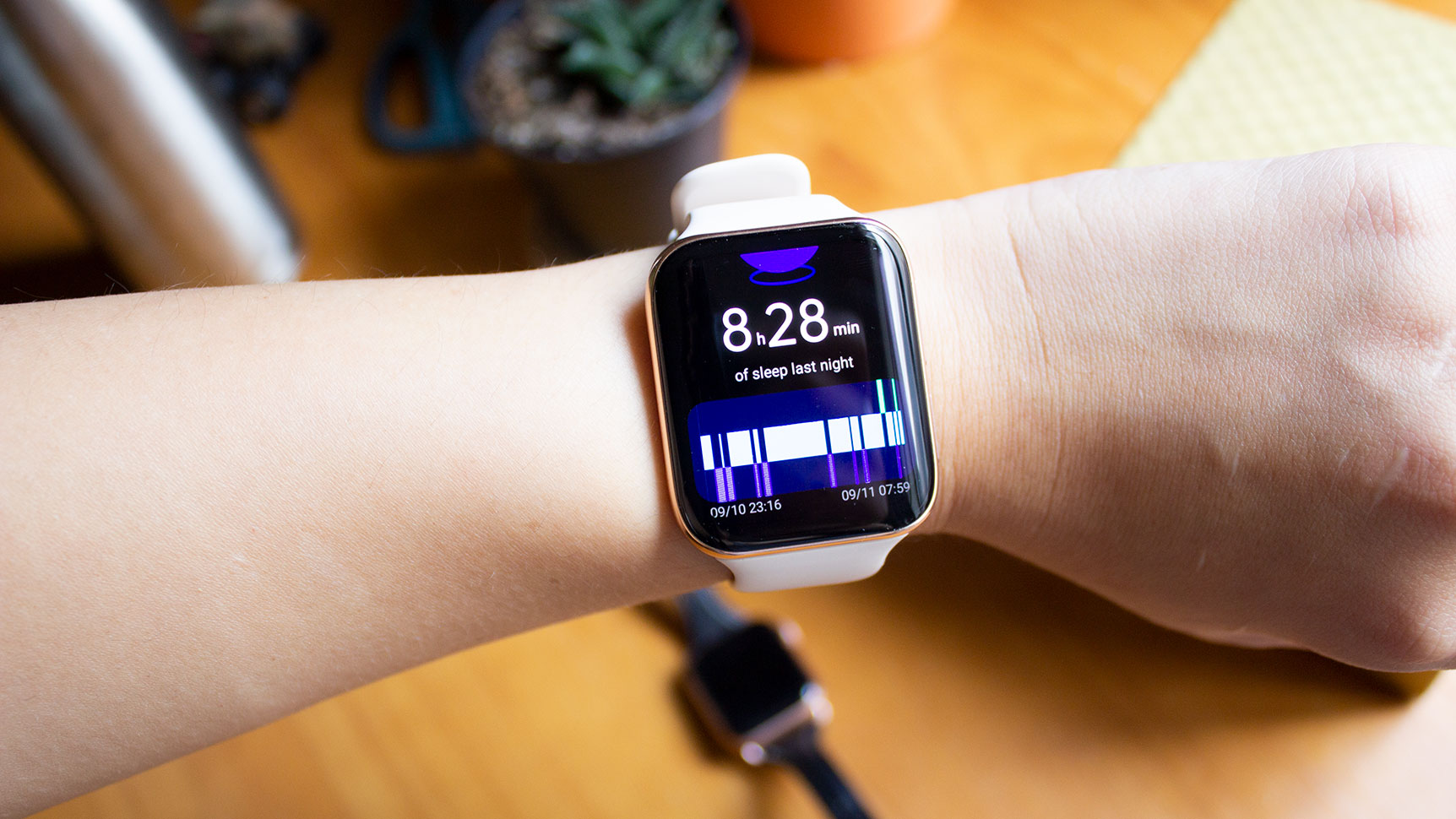
But while I appreciated the alternative software, the Oppo Watch was middling for accuracy. On a quick 3 km run, the Oppo Watch logged 2.93 km or 3 km. That’s not the worst and within an acceptable margin of error. However, for comparison my Apple Watch Series 5 logged 3 km. Likewise, I found heart rate tracking, while relatively accurate, had a bit of lag. Not a major one! It just lagged by about 5 seconds during an interval run by about 5 beats per minute compared to my Series 5 whenever I switched between faster and slower speeds. Sleep tracking was broadly accurate and included rough breakdowns for various sleep stages. However, my pets are needy buggers who wake me up at least once every night. While the Oura Ring caught those disturbances, the Oppo Watch did not.
Another area where I found the watch lacking was battery life. On top of having a proprietary charger, I never got anywhere near the estimated 36 hours of battery life. On a day where I did a 25-minute GPS run, I was down to 19% battery by bedtime despite having charged it to 100% that morning. Most days that I wore the Oppo Watch I got enough juice to get through the night if I hadn’t done a GPS workout. Then, in the morning I’d have to recharge for about an hour to get to full. (On average, a night of sleep tracking would drain my battery about 20-30%). If I did a workout, I had to charge for a bit before bed so it would last through the night to track sleep. That’s basically what Apple Watch users have to do. Fine if you’re cool with that, but for most people who value sleep tracking, this is unnecessarily annoying.
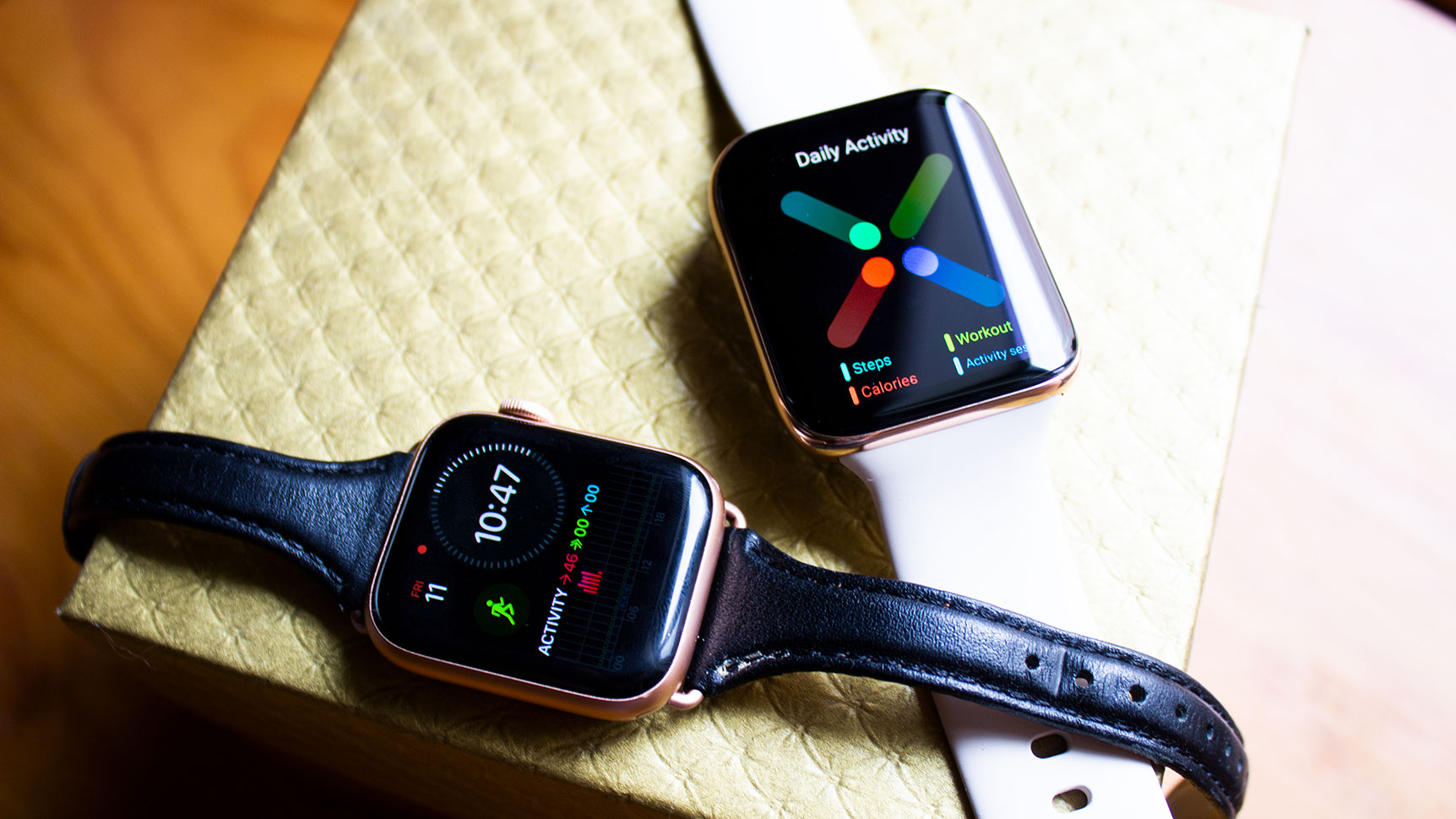
But the most annoying thing about the Oppo Watch is if you’re in the U.S., you’ve got to jump through some hoops to even get it. Chinese-made smartwatches don’t often get direct U.S. releases. The Oppo Watch isn’t an exception. The only reason I agreed to check out the Oppo Watch for myself was that an Oppo spokesperson told me U.S. customers could buy the global edition off Amazon UK once it’s available and that the watch itself would work as intended in the U.S. That means pricing this thing is tricky. Technically, the official price on Amazon UK for the 41mm is £229 or roughly $US300 ($412), and £329 for the 46mm or $US420 ($577). The 41mm is roughly the same as a Fossil Gen 5 watch, but the 46mm is definitely overpriced for the features you’re getting.
However, none of this is considering the fact you’d likely have to pay for shipping service for items bought from international versions of Amazon. Or, bite the bullet on a reseller markup. The retail price isn’t really worth that kind of hassle, especially when the Samsung Galaxy Watch 3 is a better smartwatch for about the same price when everything is said and done. Unless you really dig an Android Apple Watch clone, you’re much better off opting for the Galaxy Watch 3.
And yet, despite these significant drawbacks, I would still say I had a better experience with the Oppo Watch than the majority of Wear OS watches I’ve tested in the past two years. That’s how low the bar is for Wear OS watches — an overpriced Apple Watch clone with no direct U.S. release running a Frankenstein version of Wear OS is better than readily available smartwatches designed specifically for this platform. That’s just tragic.
README
- Runs a fusion of ColorOS and Wear OS; it means you might have to download additional apps but the on-wrist experience is much better.
- Design-wise, it’s an Apple Watch clone for Android
- Comes in 41mm and 46mm; the 46mm has curved glass edges, a bigger display and battery, and slightly stronger water resistance.
- Fitness tracking accuracy was decent, but you’ll have to charge daily.
- No direct U.S. release as of yet — you have to go through Amazon UK as a workaround.
